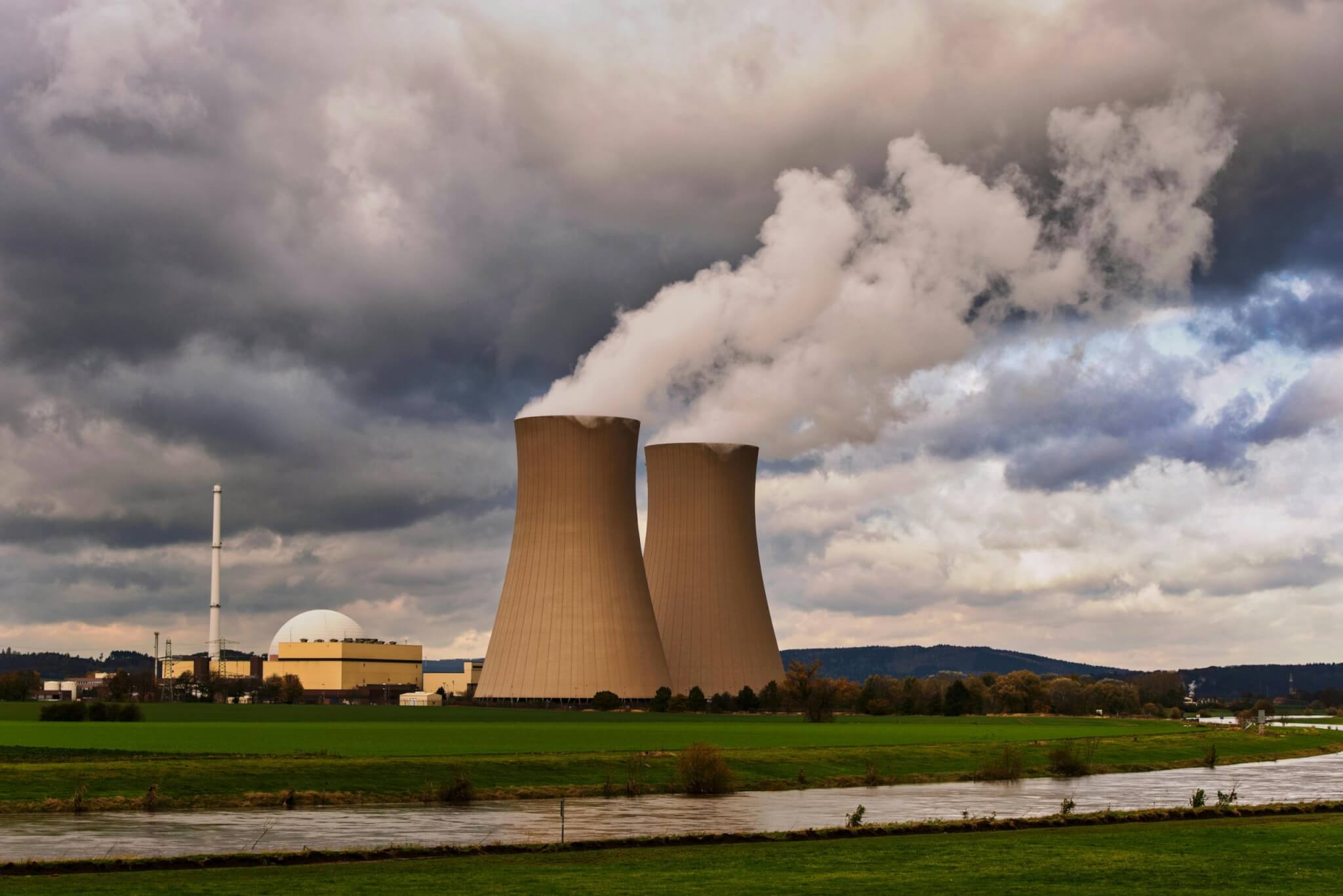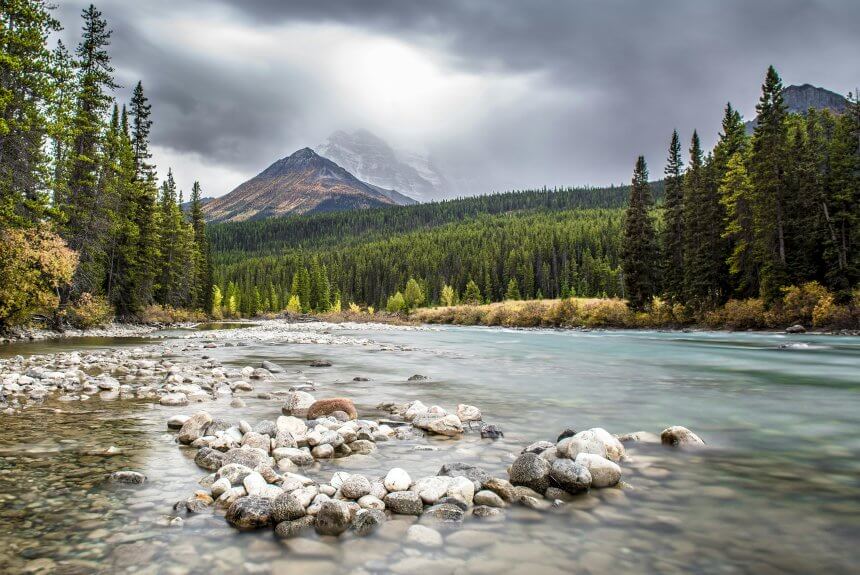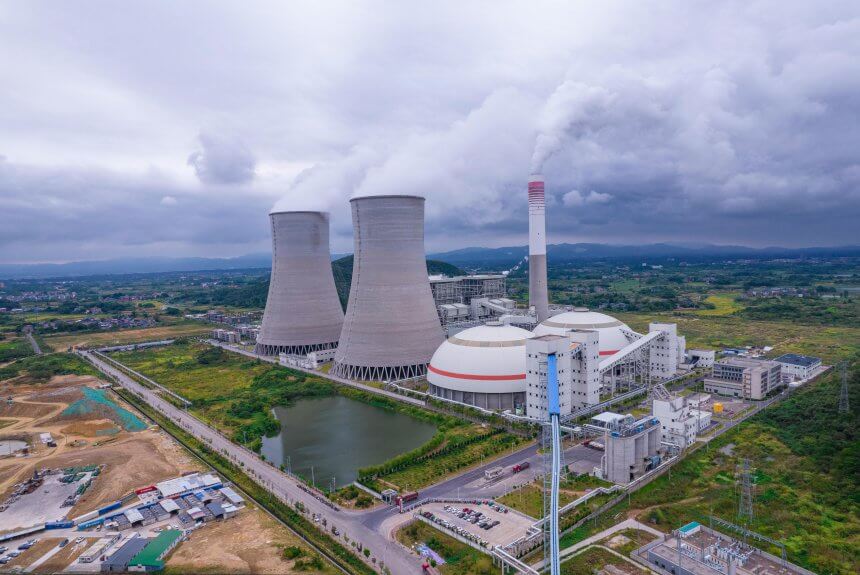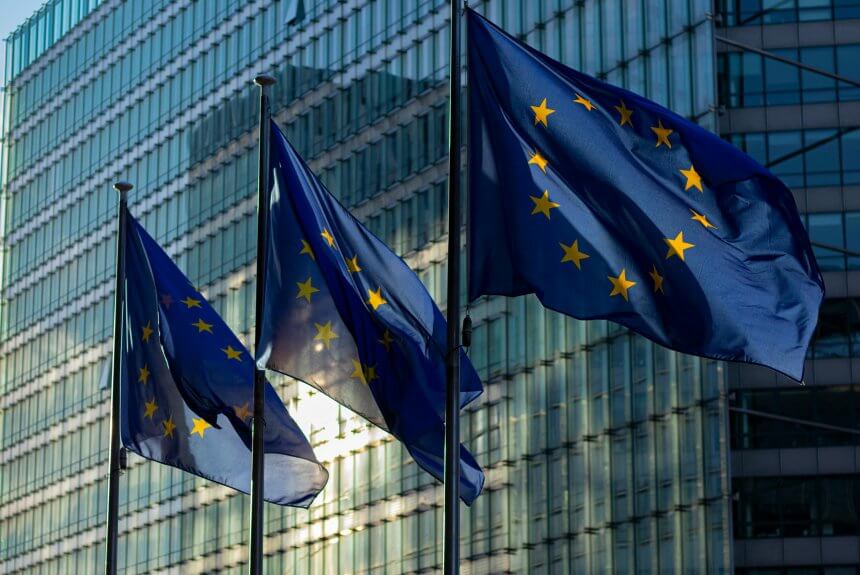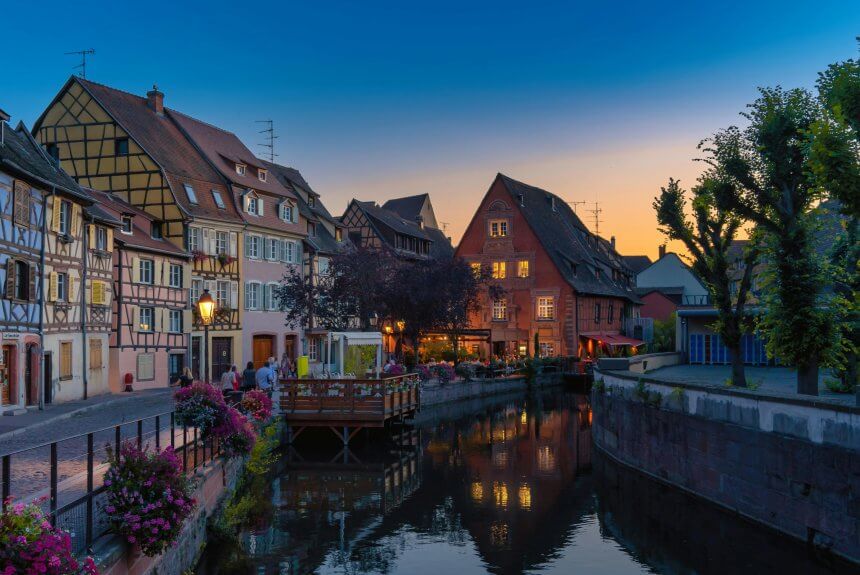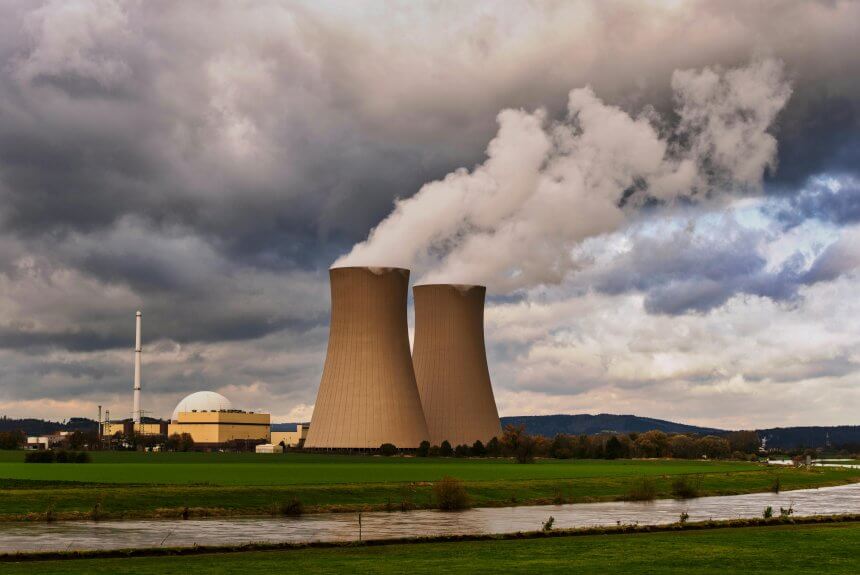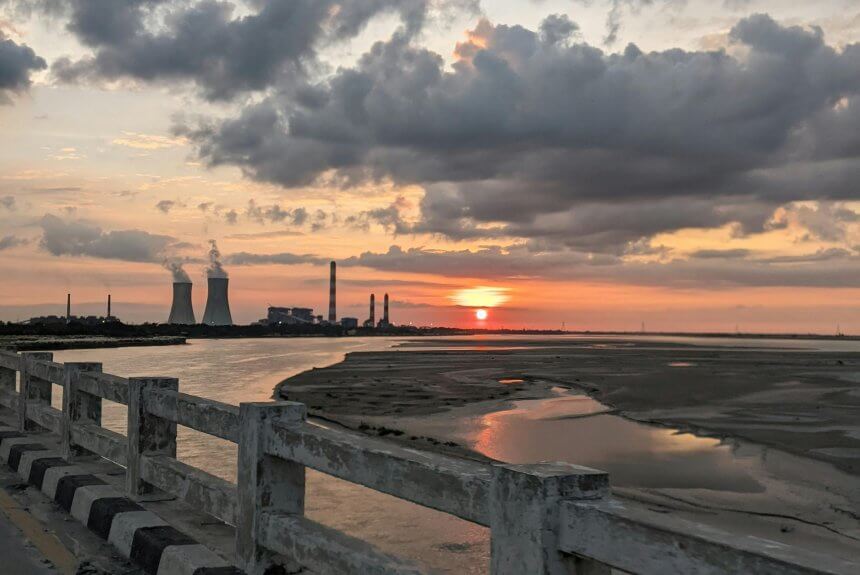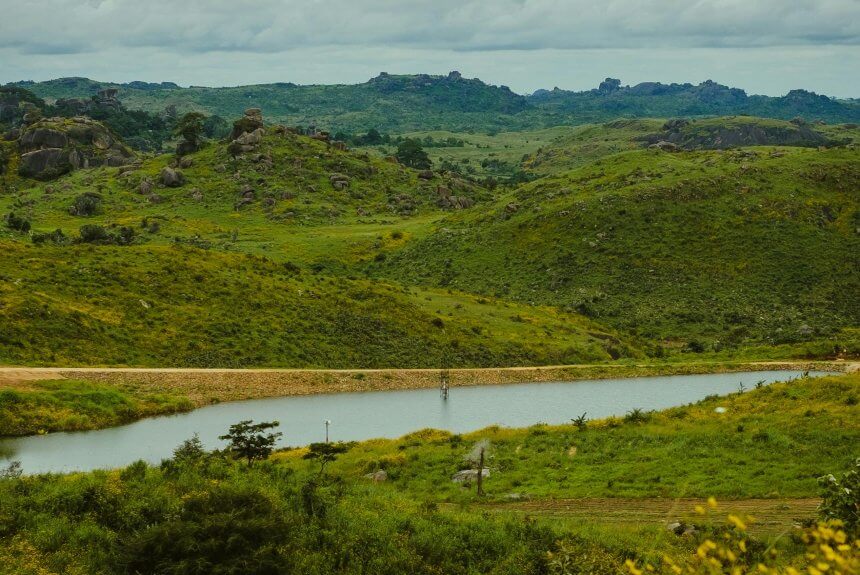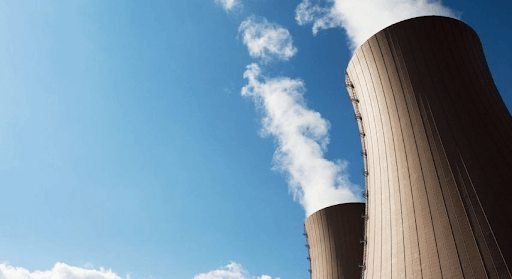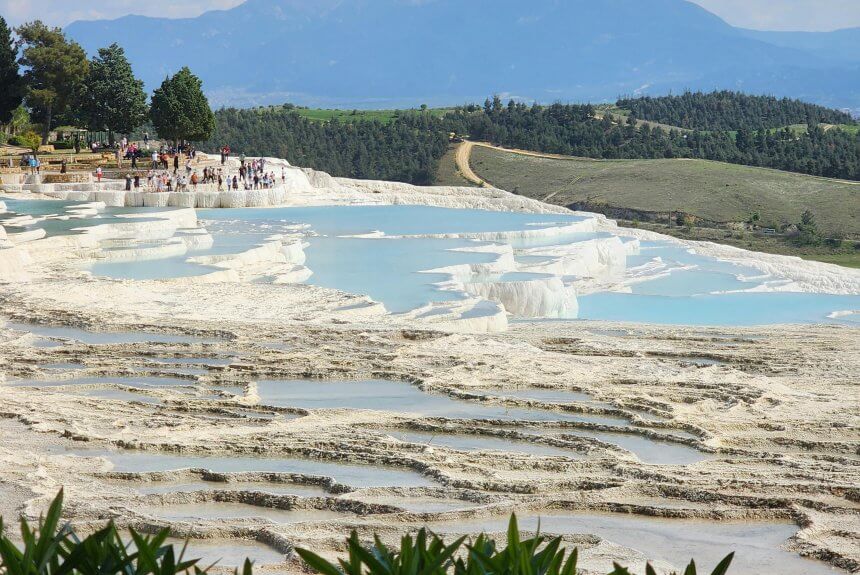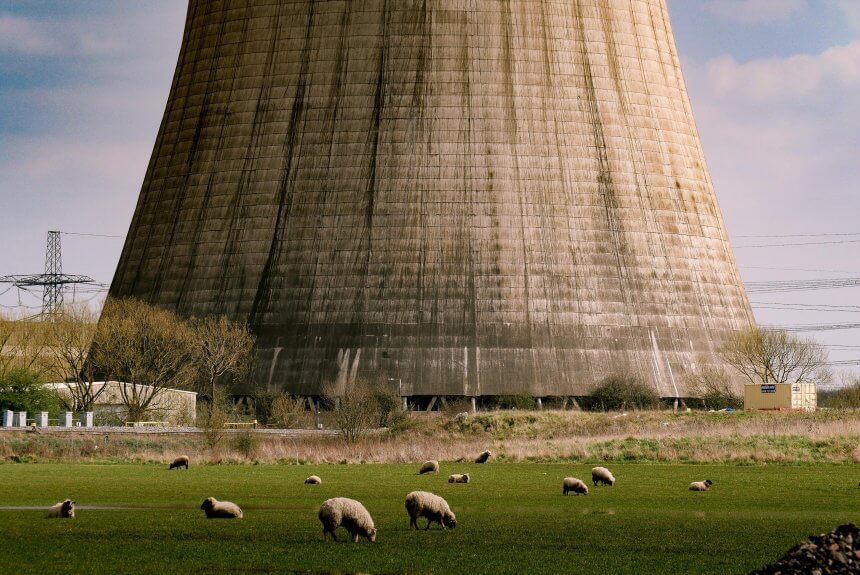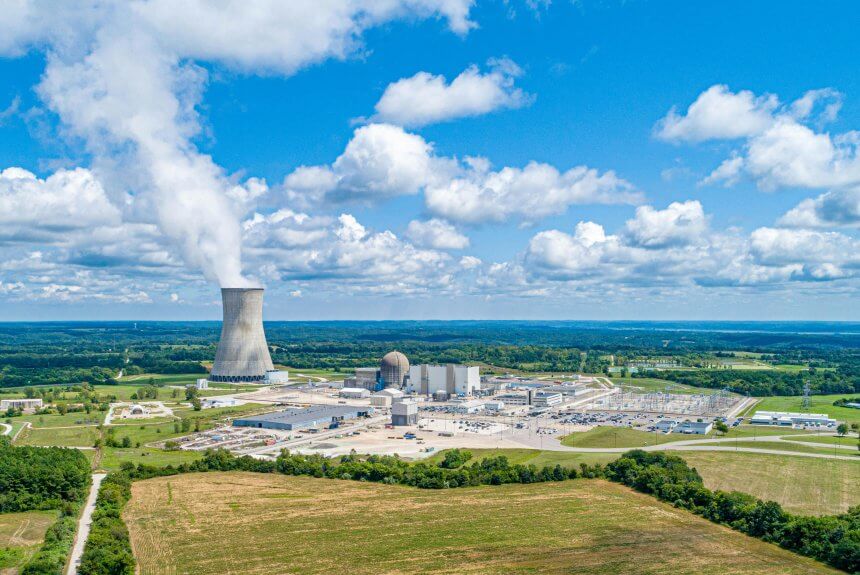THE CLIMATE SCORECARD MAGAZINE
A way to learn about efforts to fight climate change
in leading greenhouse gas emission countries
Issue #6 // October 2025
Nuclear Energy Updates
Climate Scorecard depends on donations from people like you
ABOUT CLIMATE SCORECARD MAGAZINE
Climate Scorecard Magazine is a monthly digital magazine intended to inform those interested in climate change about trends to reduce emissions in leading greenhouse emitting countries. Each month we will focus on a different topic related to climate change, e.g. fossil fuels, renewable energy; and provide our readers with information and analysis of policy and program trends within and across countries. We trust our magazine will help increase your knowledge and understanding and welcome your feedback. Please send any comments to: contact (at) climatescorecard.org.
Ron Israel
Publisher and Editor
Climate Scorecard Magazine
Introduction
Climate Scorecard Issue #6 provides descriptions of nuclear energy use in leading greenhouse gas-emitting countries. This issue explores whether the use of nuclear power has increased or decreased over the last five years. It examines the percentage of each country’s total energy output derived from nuclear energy, the sources contributing to their nuclear power, and whether the costs associated with installation and operation exceed those of alternative energy sources. Additionally, it addresses whether these countries utilize updated reactors, who oversees the monitoring of nuclear energy use, and what processes are in place for the disposal and management of nuclear waste. The table below summarizes each country’s recent efforts to use nuclear energy. Complete Country Reports follow.
| Country | Nuclear Energy Update Summary |
| Australia | Australia currently has no nuclear power generation. |
| Brazil | Nuclear energy contributes about 3% of the country’s total energy production. |
| Canada | Approximately 15% of Canada’s electricity comes from nuclear power. |
| China | While nuclear power’s contribution to China’s overall energy mix is still relatively small, its growth is significant. |
| European Union | In 2019, nuclear power accounted for approximately 26% of the EU’s electricity generation; by 2024, it had decreased to around 23–24%. |
| France | Nuclear energy remains the backbone of France’s electricity supply, providing about 65–70% of the country’s overall electricity production, the highest share in the world. |
| Germany | Over the past five years, Germany’s nuclear program has contracted toward closure, with the final reactors shut in 2023 and nuclear power effectively contributing zero to the current energy mix. |
| India | India is planning a more than ten-fold increase from current levels and set the stage for a transformative scale-up of nuclear infrastructure. |
| Indonesia | In the past five years, Indonesia has produced no nuclear power. The government is showing more interest in nuclear energy, but no plants have been approved or funded yet. |
| Japan | Over the past five years, Japan’s use of nuclear energy has steadily increased following a prolonged shutdown period after the 2011 Fukushima accident. Japan leads the world in nuclear safety upgrades and advanced reactor technology. |
| Mexico | Over the past five years, Japan’s use of nuclear energy has steadily increased following a prolonged shutdown period after the 2011 Fukushima accident. Japan leads the world in nuclear safety upgrades and advanced reactor technology. |
| Saudi Arabia | Nuclear power contributes 0 % of actual energy output in Saudi Arabia. It envisions building multiple reactors, targeting capacities in the gigawatt range by 2032 or later. These plans remain aspirational but unrealized. |
| South Africa | In South Africa, nuclear power is primarily from the Koeberg Nuclear Power Station, and it accounts for about 4% of the electricity supply. |
| Spain | Over the past five years, nuclear energy has consistently supplied around 20% of Spain’s electricity. |
| Turkey | Currently, nuclear power contributes 0% to Turkey’s electricity production. |
| United Kingdom | Over the past five years, the UK’s nuclear output has been relatively stable but not growing. In 2022, nuclear power accounted for about 15 percent of the nation’s electricity generation. |
| United States | As of May 2025, nuclear energy production accounted for 18.1% of the United States’ overall energy, and also accounted for 47% of the nation’s zero-emissions power. |
Country Reports
Australia: Nuclear Energy Updates
Australia currently has no nuclear power generation.Australia currently has no nuclear power generation, relying instead on extensive, low-cost coal and natural gas reserves, alongside rapidly expanding renewable energy sources. The country’s only nuclear facility is the OPAL research reactor at Lucas Heights, which is used for the production of medical isotopes and research, rather than…
Brazil: Nuclear Energy Updates
Nuclear energy accounts for approximately 3% of the country’s total energy production.Over the past five years, nuclear energy has undergone significant changes in many countries worldwide, and Brazil is no exception. From the increasing pursuit of clean energy sources to economic and security challenges, the implementation of nuclear energy remains a relevant topic. Below, we…
Canada: Nuclear Energy Updates
Approximately 15% of Canada’s electricity comes from nuclear power. For several years, Canada has been a leader in nuclear research and technology, exporting reactor systems developed in Canada, as well as a significant proportion of the world’s supply of radioisotopes used in medical diagnosis and cancer therapy. The World Nuclear Association (WNA) reported in January…
China: Nuclear Energy Updates
While nuclear power’s contribution to China’s overall energy mix is still relatively small, its growth is significant.Over the past five years, China has demonstrated a remarkable commitment to expanding its nuclear energy capacity. This surge is a cornerstone of the country’s broader strategy to enhance energy security, reduce reliance on fossil fuels, and meet ambitious…
EU: Nuclear Energy Updates
Nuclear power remains a cornerstone of the EU’s energy mix, providing about one-quarter of its total electricity and approximately half of its low-carbon electricity. Europe’s climate ambitions are embodied in the European Green Deal, which commits the bloc to reducing greenhouse gas emissions by 55% by 2030 and achieving climate neutrality by 2050. While the…
France: Nuclear Energy Updates
Nuclear energy remains the backbone of France’s electricity supply, providing about 65–70% of the country’s overall electricity production, the highest share in the world.Over the past five years, France’s reliance on nuclear power has slightly decreased, mainly due to maintenance issues, aging reactors, and government efforts to diversify energy sources with more renewables. Still, nuclear…
Germany: Nuclear Energy Updates
Over the past five years, Germany’s nuclear program has contracted toward closure, with the final reactors shut in 2023 and nuclear power effectively contributing zero to the current energy mix.In overview Over the past five years, Germany’s nuclear program has contracted toward closure, with the final reactors shut in 2023 and nuclear power effectively contributing…
India: Nuclear Energy Updates
India is planning a more than ten-fold increase from current levels and is setting the stage for a transformative scale-up of nuclear infrastructure.Nuclear energy in India, while a modest contributor to the overall power mix, stands at a pivotal juncture in its development trajectory. As of early 2025, the country operates 25 nuclear reactors across…
Indonesia: Nuclear Energy Updates
In the past five years, Indonesia has produced no nuclear power. The government is showing more interest in nuclear energy, but no plants have been approved or funded yet.Indonesia still generates 0% of its electricity from nuclear power. There has been no increase in nuclear generation over the past five years because the country has…
Japan: Nuclear Energy Updates
Over the past five years, Japan’s use of nuclear energy has steadily increased following a prolonged shutdown period after the 2011 Fukushima accident. Japan leads the world in nuclear safety upgrades and advanced reactor technology. Japan’s Nuclear Energy: A Comeback in a Changing Climate Landscape After more than a decade of hesitation following Fukushima, Japan’s…
Mexico: Nuclear Energy Updates
Nuclear energy accounts for between 3% and 5% of Mexico’s total electricity generation. The high upfront costs and long construction times have been a significant barrier to expanding its nuclear capacity.In the global push for a cleaner and more sustainable energy future, nuclear power continues to be a topic of intense debate. For Mexico, nuclear…
Nigeria: Nuclear Energy Updates
Despite years of discussions and agreements, the country has yet to generate a single watt of electricity from nuclear power.For decades, Nigeria has grappled with an unreliable power supply, leaving industries, businesses, and households dependent on expensive diesel generators. In search of a long-term solution, the Nigerian government has explored nuclear energy as a potential…
South Africa: Nuclear Energy Updates
In South Africa, nuclear power is primarily from the Koeberg Nuclear Power Station, and it accounts for about 4% of the electricity supply. In South Africa, nuclear power is primarily from the Koeberg Nuclear Power Station, and it accounts for about 4% of the electricity supply. The Integrated Resource Plan (IRP) 2019 proposed the extension…
Spain: Nuclear Energy Updates
Over the past five years, nuclear energy has consistently supplied around 20% of Spain’s electricity.Over the past five years, nuclear energy has consistently supplied around 20% of Spain’s electricity. Despite this stability, the sector is the subject of ongoing debate regarding its future role in maintaining grid reliability, particularly following the widespread blackout in April…
Turkey: Nuclear Energy Updates
Currently, nuclear power contributes 0% to Türkiye’s electricity production. That is about to change. The country’s first nuclear project, the Akkuyu Nuclear Power Plant in Mersin Province, is moving steadily toward operation. Construction began in 2018 under Russia’s state-owned company Rosatom, which is building and financing the facility under a Build-Own-Operate (BOO) model. The first…
UK: Nuclear Energy Updates
Over the past five years, the UK’s nuclear output has been relatively stable but not growing. In 2022, nuclear power accounted for about 15 percent of the nation’s electricity generation. As the UK embarks on an ambitious expansion of its nuclear energy programme, the sector faces a complex blend of ageing infrastructure, high-cost new builds,…
US: Nuclear Energy Updates
As of May 2025, nuclear energy production accounted for 18.1% of the United States’ overall energy and also accounted for 47% of the nation’s zero-emissions power.When the Inflation Reduction Act (IRA) was signed into law in 2022, the United States found itself garnering support for new and existing nuclear energy development through investment and tax…
Climate Commitments
Tracking the short and long-term climate goals of leading greenhouse emissions countries
Read More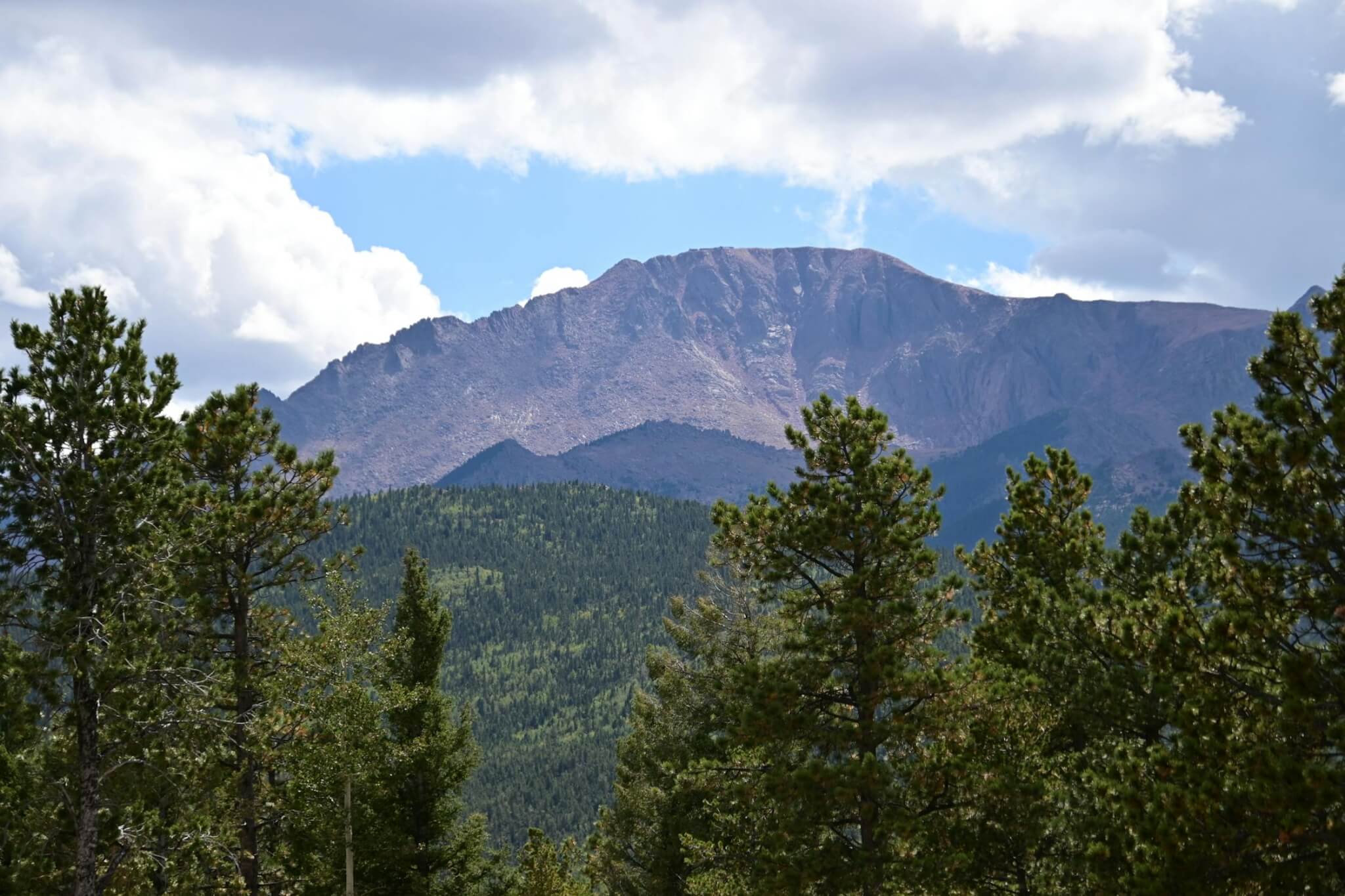
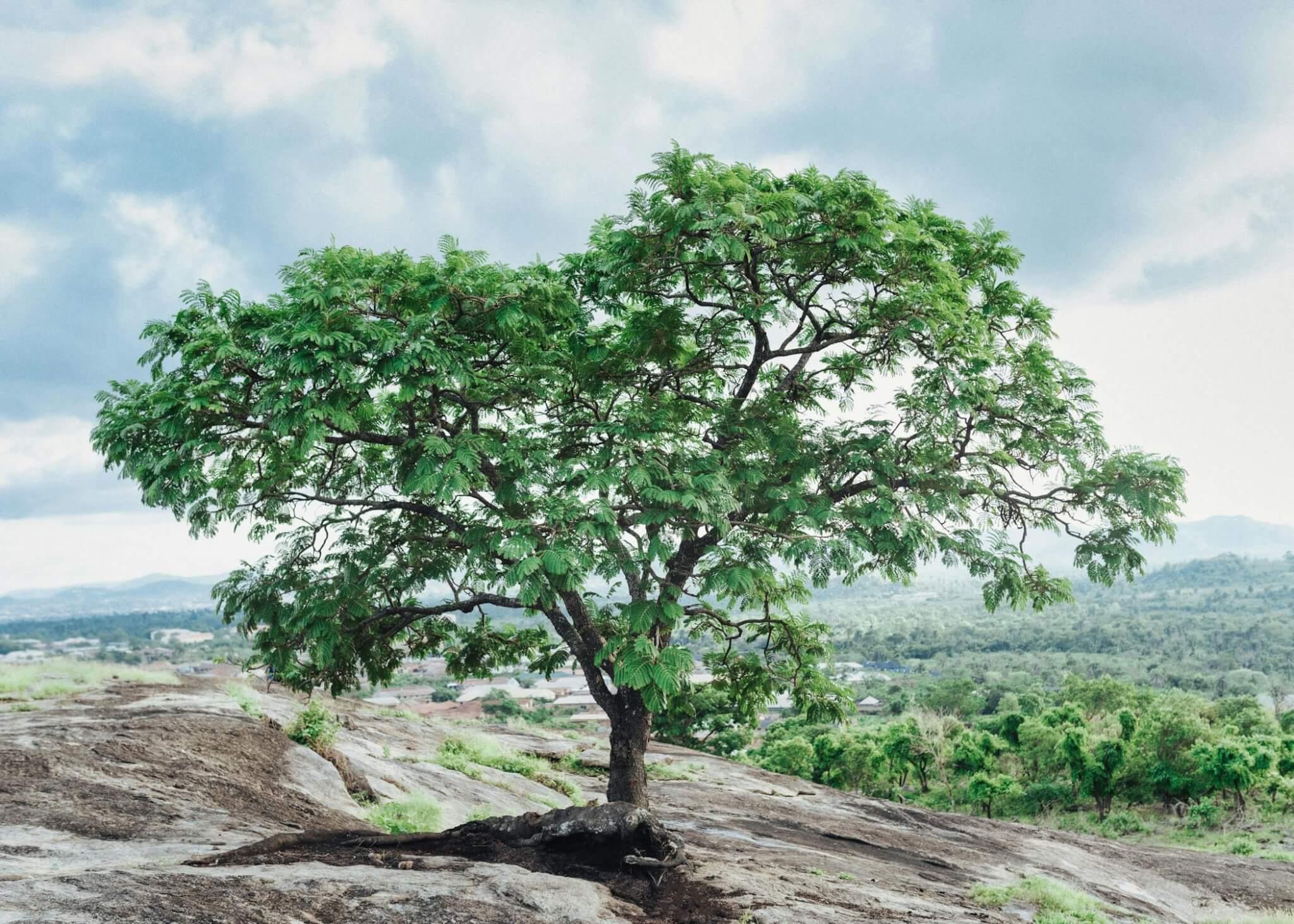
NDC Tracking Sources
View the sources we use to track progress of countries’ committments.
Read More


